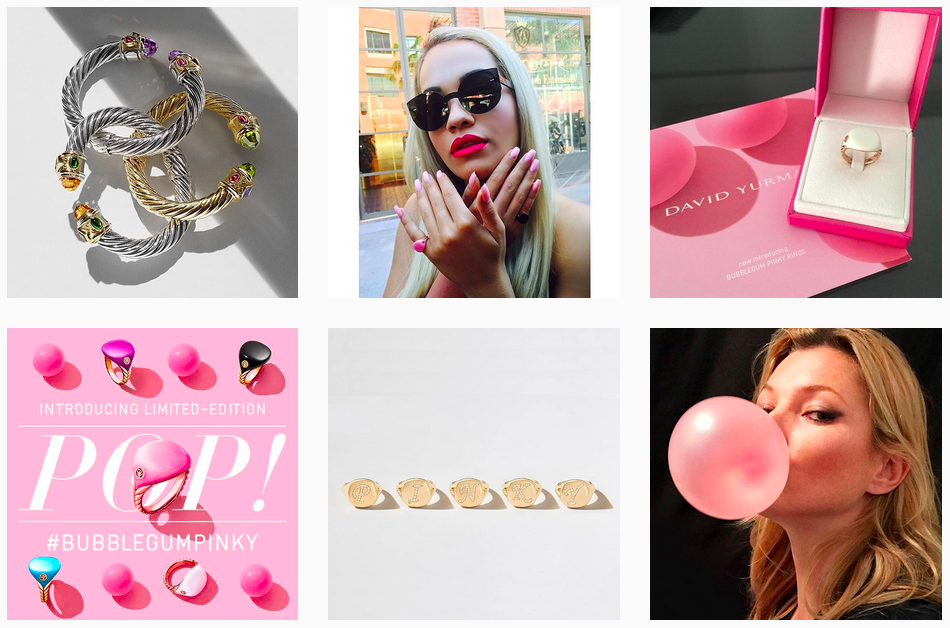Affluent millennials are a coveted set for luxury brands to capture, but a tricky target. In the first of a four-part series, FutureCast zones in on the key consumer segments and how brands can connect with each.

Affluent millennials are a coveted set for luxury brands to capture, but a tricky target. In the first of a four-part series, FutureCast zones in on the key consumer segments and how brands can connect with each.
Affluent millennials are a coveted set for luxury brands to capture, but they are a tricky target and anything but homogeneous. Here, millennial research firm FutureCast zones in on the characters of four key consumer segments and how brands can connect with each.
For the past five years, FutureCast has been studying millennials and modern consumer trends. From retail buying patterns to flavor preferences, we have untapped a wealth of information about how millennial consumers behave in our market today.
However, if we have learned one thing from all of our research, it is that the millennial generation is anything but homogeneous. This led us to complete our latest comprehensive study of the Affluent Millennial cohort.
As a part of our research, we divided this population into four distinct segments of consumers that behave differently but have one thing in common; they all have an annual household income of more than $100K.
Stick with us as we explore the four segments (Active Influencers, Big City Bachelors Calculated Go-Getters and Pragmatic Parents) of Affluent Millennials through a series of posts and learn how brands can connect with each group on an individual level.
“ Active Influencers are more opinionated than other segments and are more likely to share those opinions ”
Active Influencers
Like the general affluent population, this segment is predominately women and, in comparison to other segments, the most likely to be on the younger end of the millennial spectrum between the ages of 18 and 24.
These women are also most likely to be the first among their friends to try a new trend and live extremely active social lives both in the digital and physical space. They are extremely connected to their phones and tablets and believe that their gadgets are essentially extensions of themselves.
One of the most important things to note about this segment is their influence on overall millennial trends. Active Influencers are more opinionated than other segments and are more likely to share those opinions with their friends in their social networks both online and in-person.
“ This affluent segment not only views constant connectivity as essential to their careers, but also as their primary source of entertainment ”
These women report that from the time they wake up to the time they go to bed, their phones are no more than an arm’s reach away. This affluent segment not only views constant connectivity as essential to their careers, but also believes that their phones are their primary source of entertainment, a way to get the latest news and a means to research new products and brands. As a result, they often carry more than one mobile device and use social media habitually.
This group of women can also be categorized by their determination and goals of success. One third of Active Influencers are currently pursing a graduate degree and are more likely than other segments to believe that their educational success is setting them on the path to become the CEOs of the future.
“ When it comes to shopping, Active Influencers believe that top designers make the highest-quality products ”
When it comes to shopping, Active Influencers believe that top designers make the highest-quality products and will budget when necessary in order to buy the “right” labels. Women in this segment additionally believe that designer labels improve a person’s image and make them feel more confident. They are concerned with their personal appearance and want to demonstrate their status.
While this may seem a little counter intuitive considering the general millennial trend that is swaying away from luxury and designer labels, it is important to remember that these young adults have greater disposable incomes so they have the means to indulge in higher quality products.
Connecting with Active Influencers

The best way to interact with this cohort is through integrated digital and mobile marketing. These millennials are glued to their phones, so must-have marketing strategies include mobile-friendly sites, established profiles on social media and text alert programs. Additionally, catering to this demographics desire to stand out with designer labels is a must.
David Yurmann is a perfect example of a top millennial jewelry brand that builds millennial relationships through social media and connects with this segment of affluent millennials.
“ David Yurmann taps into both the luxury identity of Active Influencers & the general millennial co-creative mindset ”
David Yurmann taps into both the luxury identity of Active Influencers but also appeals to the general millennial co-creative mindset.
Instead of using highly edited pictures of the pieces on its Facebook and Instagram profiles, the brand encourages millennials to share their own photos of their signature styles using the hashtags #imagine and #davidyurman.
Each week two “DIY Style Leaders” are selected from the tagged photos and their pictures are feature on the website, Facebook and online gift guide. This type of engagement builds strong relationships because millennials feel like they are an integral part of the brand and they can wear something that is worth showing off.
To further investigate the millennial consumer and brand innovation on Luxury Society, we invite your to explore the related materials as follows:
– Female Millennials Reveal Unlikely Brand Love
– The Secrets To Luxury Online For Millennials
– The Case For Winning Over Affluent Millennials









